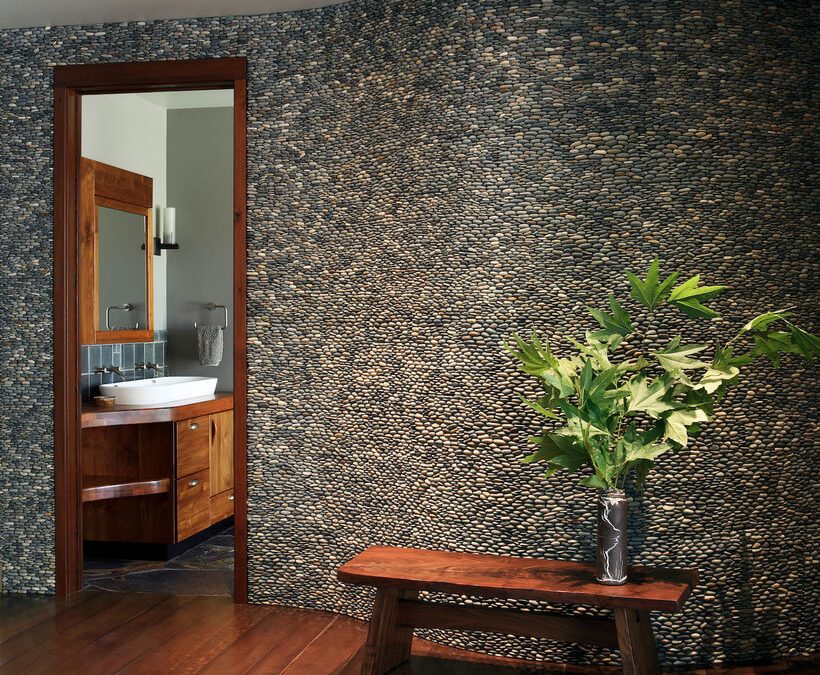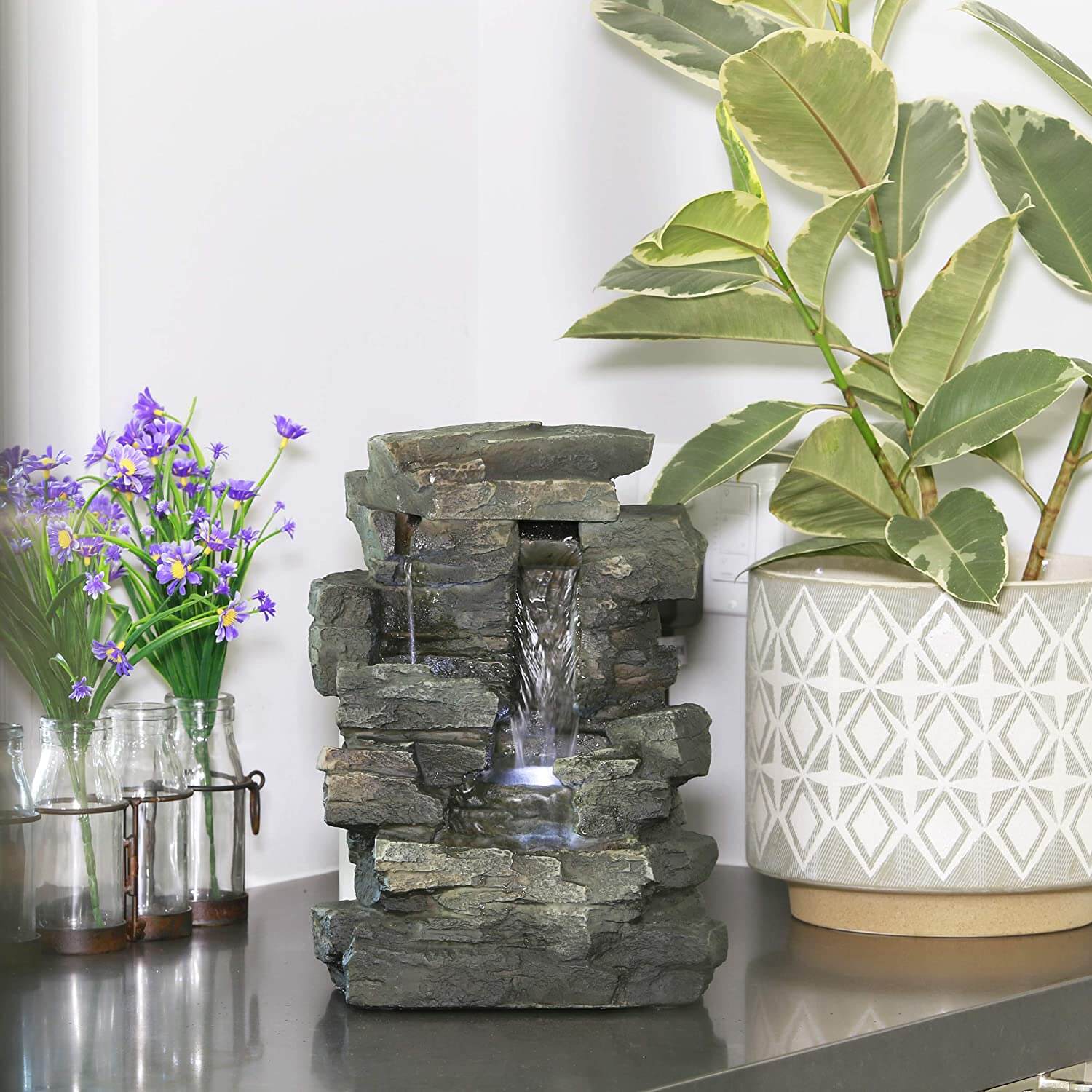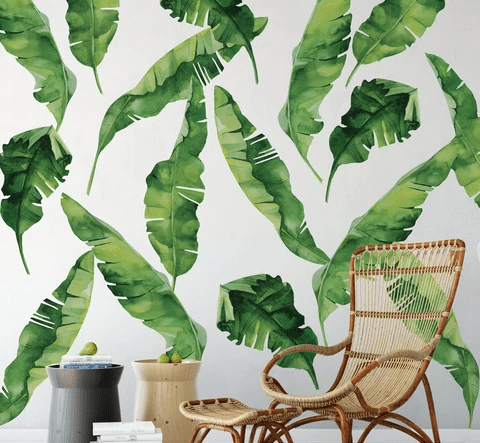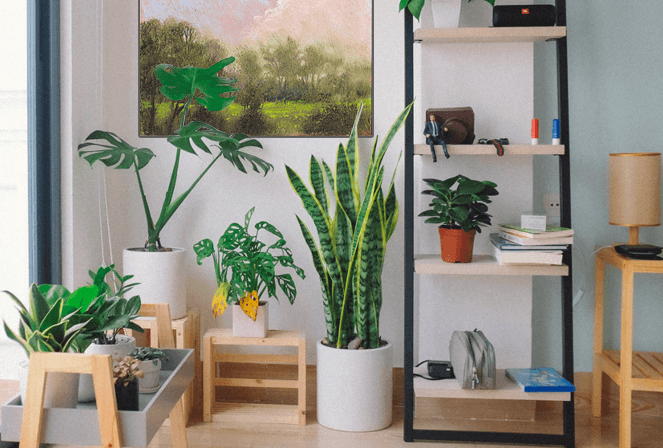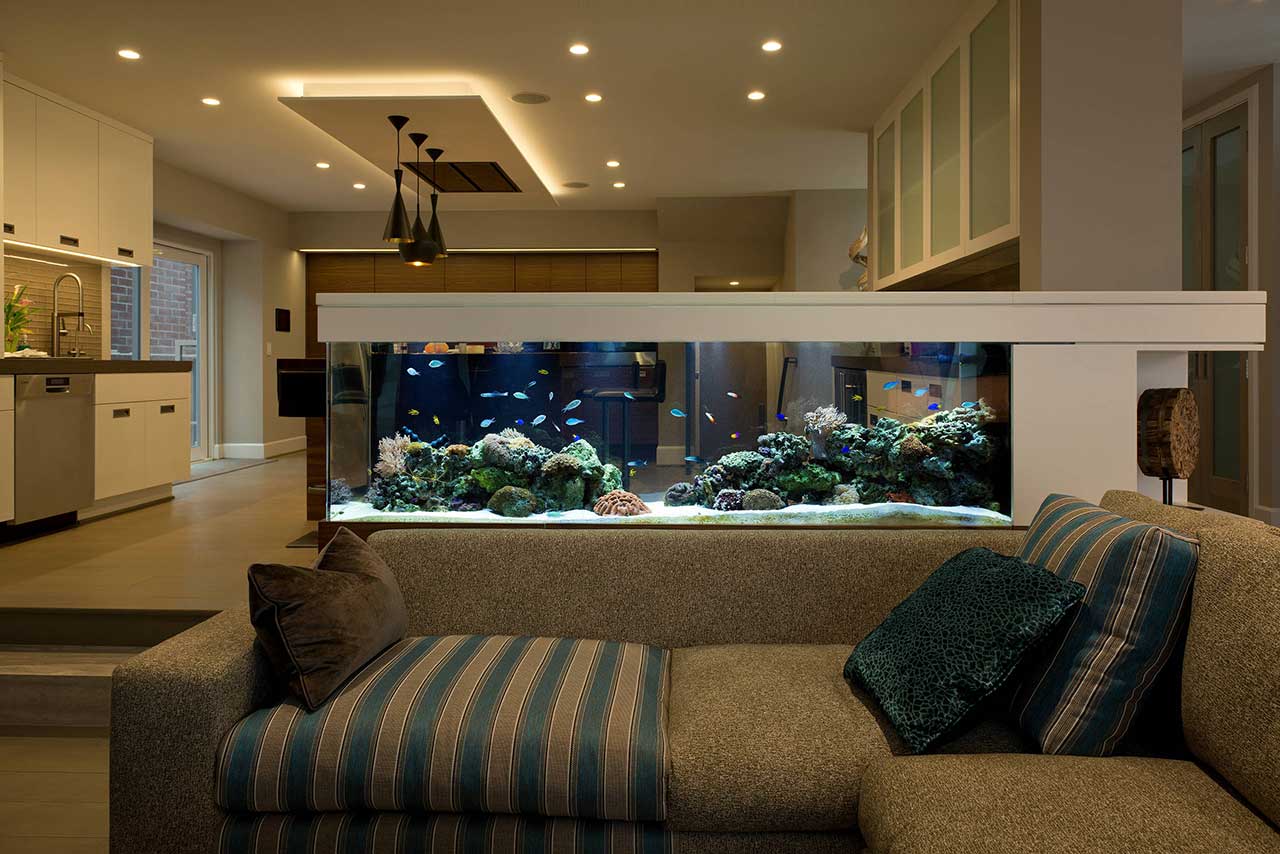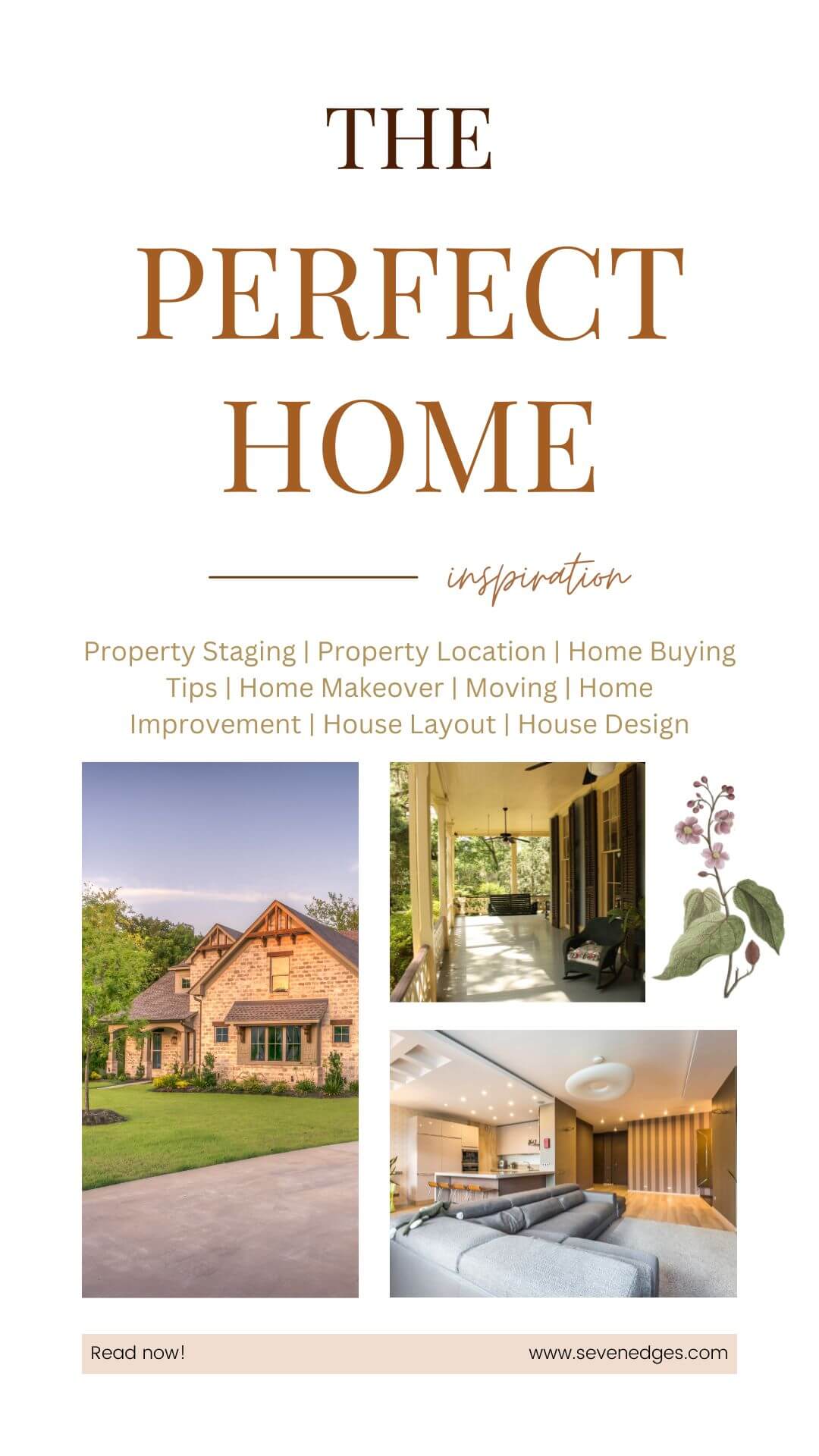Having lived in the wilderness for millions of years in close contact with nature, it is impossible for us to thrive without a relationship with the world beyond ourselves of which we are a part. But with the increasing number of “concrete forests” around us, it is becoming progressively difficult to maintain a connection with the natural world.
A study estimated that approximately 90% of our lives are spent indoors! Here is where the idea of biophilic architecture and design comes in. Biophilic architecture aims to infuse elements of nature with construction to help bring nature closer to man. This blog will tell you a few ways you can indulge in biophilic architecture.
Visual Connection with Nature
Visual access to biodiversity has shown to reduce stress, improve concentration and promote more positive emotional functioning. The most practical and famous choice when stepping into biophilic interior is starting with plants. They not only add to the aesthetic value by their luscious green but also purify your environment by absorbing pollutant gases and giving you a fresh atmosphere to breathe in. There are numerous ways you can install plants. Order small succulents to keep on your work or study desk.
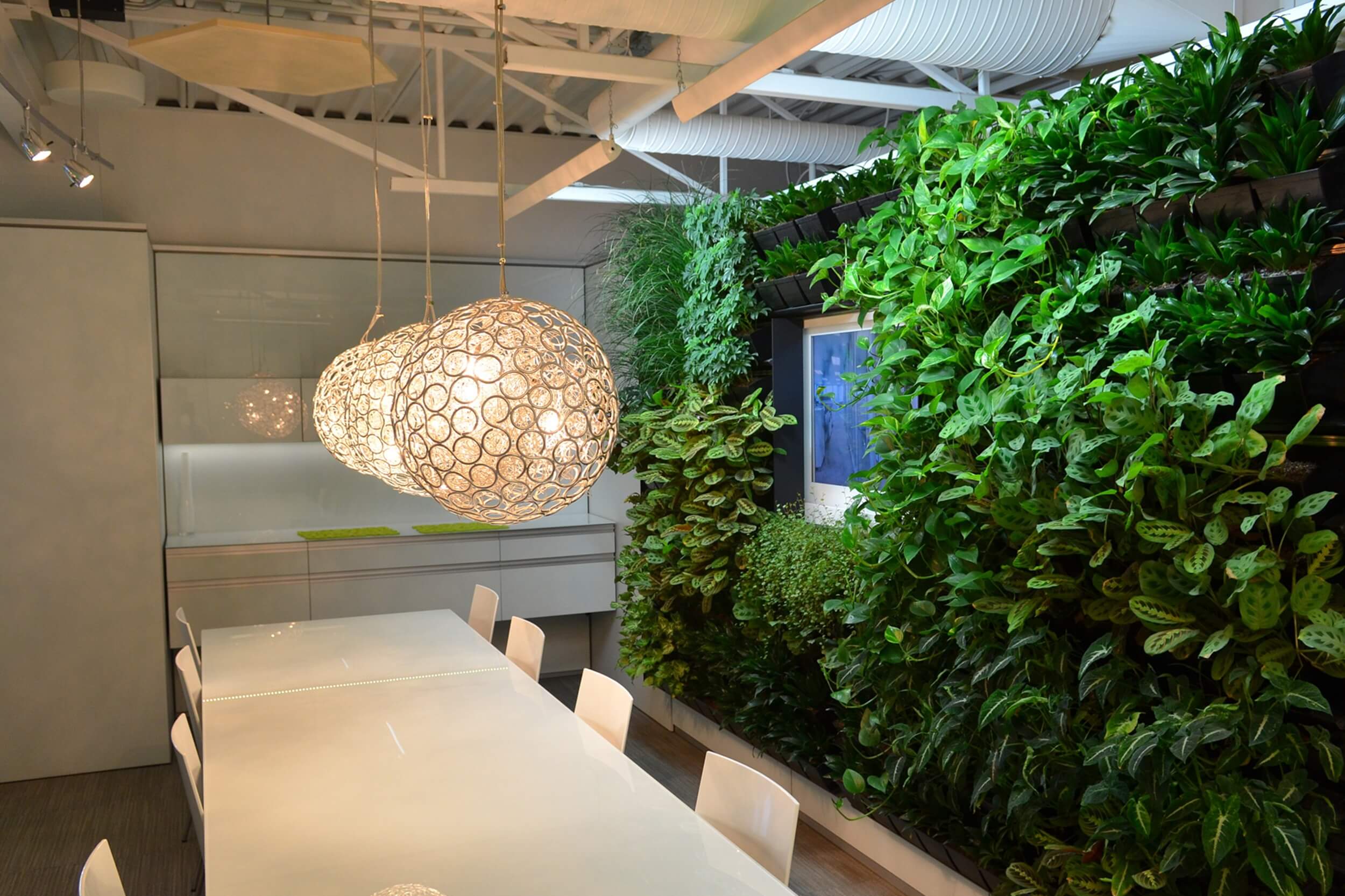
Design a wall or niche that houses leafy plants, it will seem like a cool portal from some sci-fi movie that might warp you to the Garden of Eden. Hanging creepers and snake plants on corners is a brilliant idea because it gives the impression of being surrounded by greenery, which can have a soothing effect on the mind.
Having plants can also help conserve energy because the natural process of transpiration from plants keeps the surrounding temperature lower and reduces the power consumption of air conditioning units. So, you are not only benefitting mentally from the plants but also reducing your monthly costs!
Playing with patterns and textures is an integral part of biophilic architecture because nature is all about different patterns that appeal to the human mind. Pebblestone walls appear very rich and are appreciated all over the world for their earthy vibe.
You can choose a small area of your wall or floor and install pebbles and marvel over the pattern and beauty of the stones! Feel them, stare at them and perhaps attach some snake plants around them to give you the true organic experience.
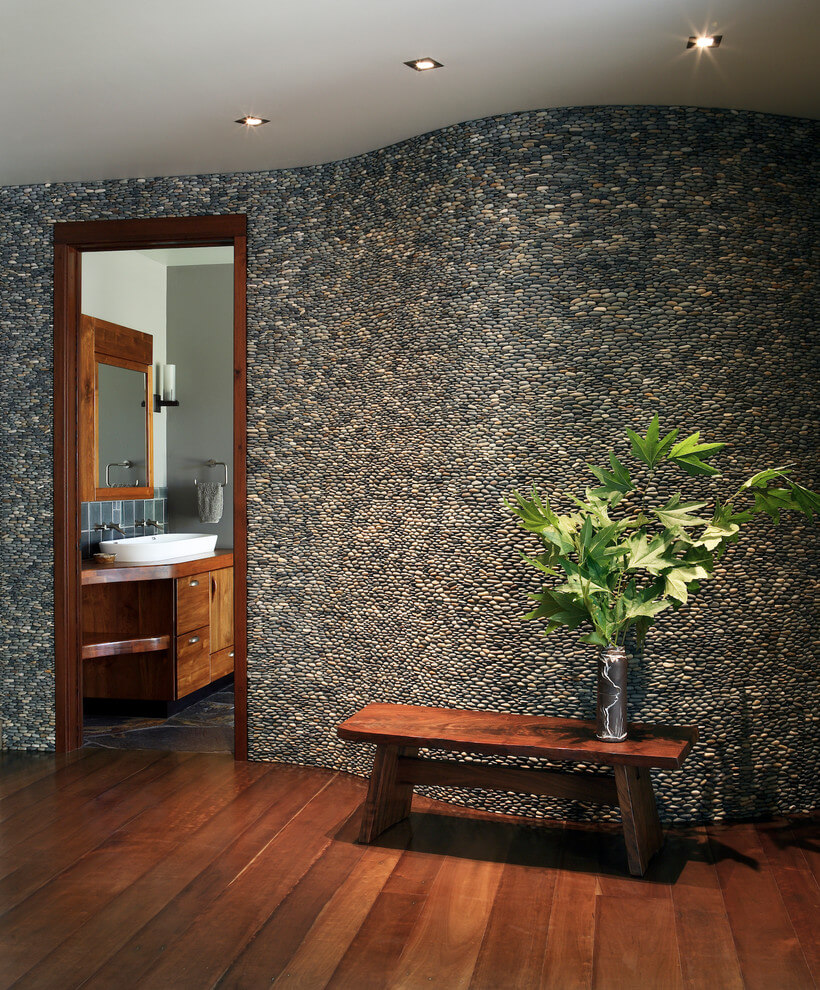
Perceiving Nature Wholly
Nature doesn’t only work on visuals; it encompasses all our senses to give us the serenity that we love. Hearing the sound of flowing water has been proven to have a stress-relieving effect. A very popular article that people love to have been a small, portable fountain. You can order it off Amazon and place it centrally in your living room or drawing-room.
Close your eyes, focus on the sound of water trickling, imagine yourself sitting beside a stream in a lush green forest. You instantly felt good, didn’t you? This is exactly why you should invest in a small water fountain and keep it in your office or home.
The simplest solution to stimulate your auditory system is to play sounds that are calming. Rustling leaves, the chirp of birds, crackling fire, and raindrops pattering against the window; all these sounds are universally thought to calm the human mind. Get a speaker and let these sounds echo in the background while you work. You will notice how it boosts productivity and increases your attention span.
Another brilliant idea is to use the sense of smell. Placing flowers in vases around the room is very helpful, not only in terms of adding to the colour and aesthetics, but also in relaxing your mind with their fragrance. Scented candles are always a great investment. The smell of lavender, vanilla, sea salt and cocoa, all stimulate your brain to release happy hormones and natural stress-relievers. Light a scented candle of your preference when you start working and you will see the difference.
A brilliant example of biophilic architecture is One Central Park in Sydney, Australia. Constructed in 2012, it is designed by Ateliers Jean Nouvel and Patrick Blanc, and features exclusive elements and multifaceted planning which is rapidly gaining important recognition as a ‘biophilic architectural structure’ worldwide. The most striking feature of this building is its vertical hanging gardens.
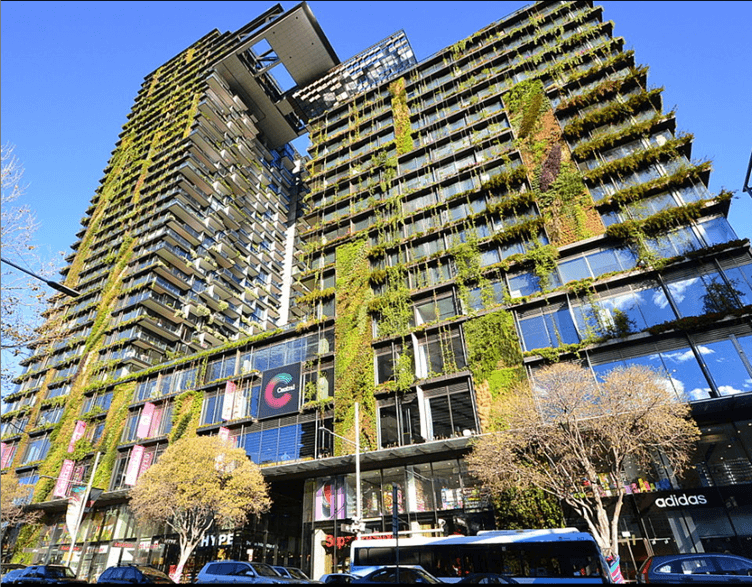
Read more about this skyscraper which magnificently intertwines nature with urbanization here.
Biophilic architecture is an experience on its own, one you should definitely give a chance to. Since going and living in nature isn’t possible nowadays, bring nature into your house and enjoy the tranquillity!
This post contains affiliate links, which means we may receive a small commission, at no additional cost to you, if you make a purchase through these links.
Photo by Markus Spiske and Brittney Weng on Unsplash
More Reads

